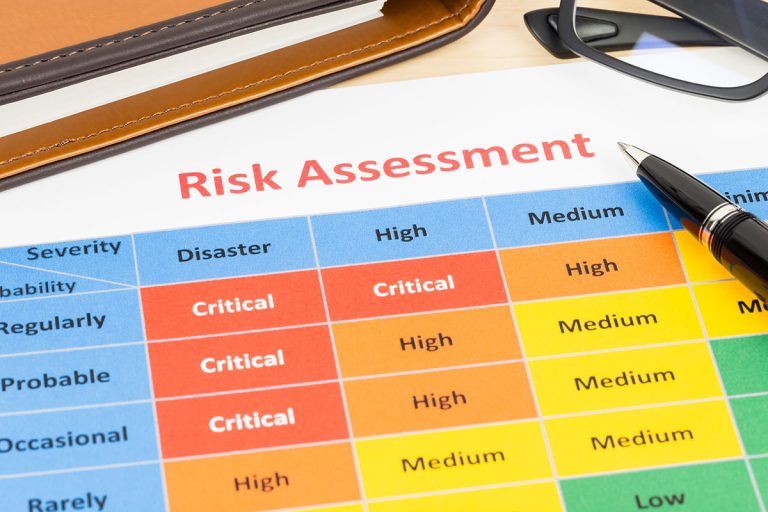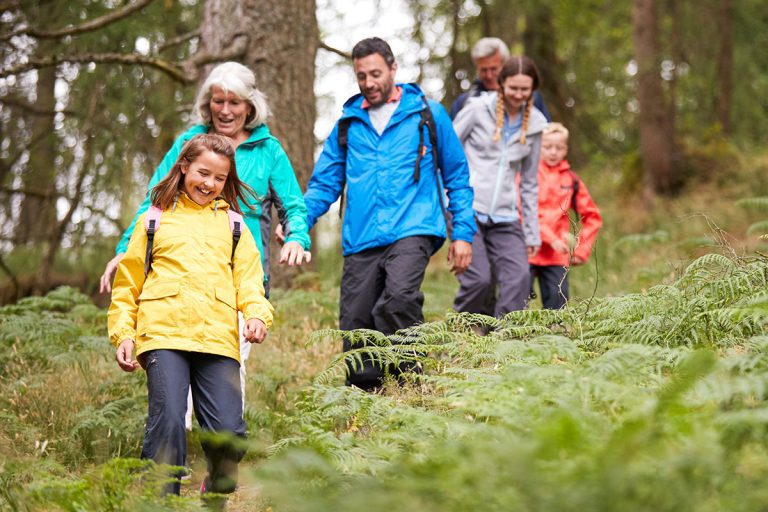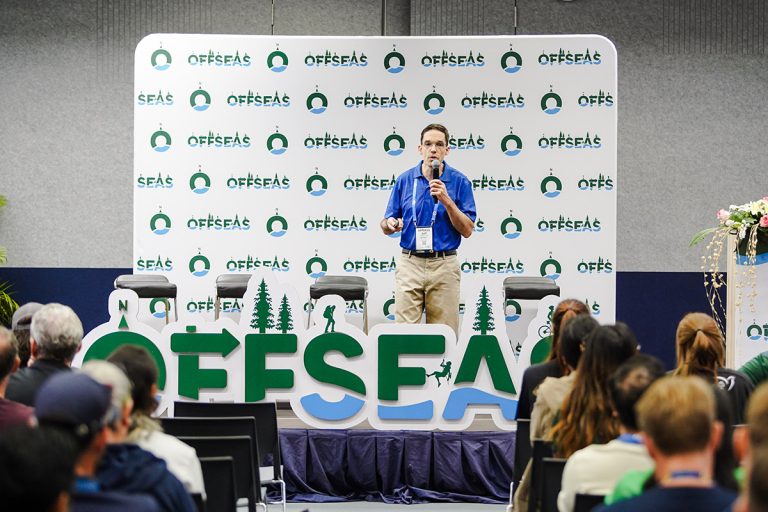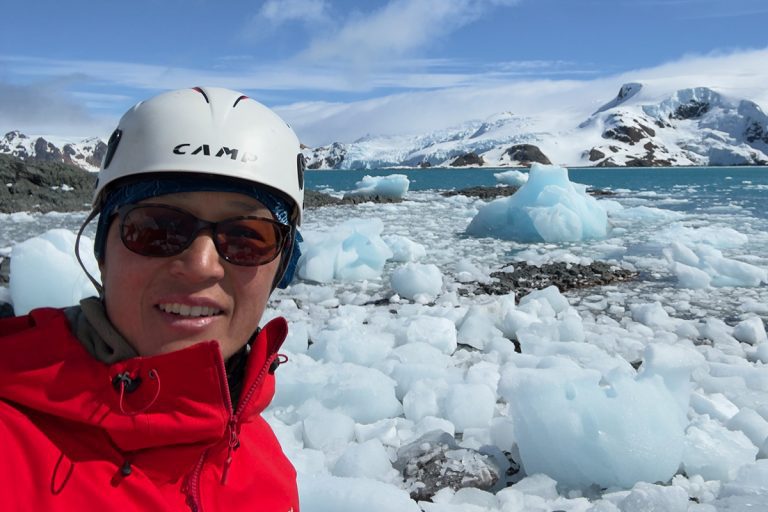For Travel, Outdoor Adventurous Activities, Wilderness Risk Management, Adventure Tourism and Outdoor Education/Recreation Contexts

DEFINITION
Risk Assessments are tools used to evaluate and reduce risks. They are often included as part of a Risk Assessment and Management System (RAMS) or Safety Management System (SMS).
USE
Risk Assessments are used in high-risk industries like nuclear power generation and aerospace, for example by NASA and companies designing new airplane models. Their use by many businesses is required by law in some jurisdictions, such as the UK and Singapore.
In outdoor, experiential, travel and adventure programs, they’re often used in the pre-program planning process; they’re most commonly seen in regions part of or influenced by the British Commonwealth.
THE PROCESS
- Identify hazards. Make a list of all non-trivial risks.
- Assess the risks. Evaluate each risk by probability of occurrence, and severity of potential impact.
- Control the risks. Eliminate, transfer, or reduce the risk as far as is reasonably practicable.
- Record. Document the risks and control measures.
- Review. Evaluate your risk assessments as appropriate.
Risk Assessments are one safety tool that should not be used in isolation, but should be combined with other safety steps.
For higher-risk industries, complex probabilistic risk assessments using large data sets and advanced statistical analysis are made.
WHEN TO USE
Risk assessments should be conducted 1) when required by law or regulation; 2) when planning new activities, or for working with new participant populations or in a new area; 3) when there is a significant change in the risk environment (such as during a pandemic).
IN CONTEXT
Risk Assessments can be effective with obvious risks like severe weather or equipment failure. To address risks that arise from unpredictable combinations of risk factors, an approach informed by complex socio-technical systems theory should be used.
This means building resilience through incorporating extra capacity and redundancy in safety systems, and balancing rule-following with flexibility during crises. Attention should be given to cultural issues and human factors in incident causation.
OPERATIONALIZATION
It can be useful to translate Risk Assessment control measures into policies and procedures documents, so that approved safety practices are clear to personnel.
Because Risk Assessments are often limited to evaluating only more obvious risks, a good way for organizations to demonstrate good safety management may be through passing a standards-based safety audit, as part of an accreditation or licensure program.
FURTHER RESOURCES
Dallat, Clare et al. “All about the Teacher, the Rain and the Backpack: The Lack of a Systems Approach to Risk Assessment in School Outdoor Education Programs.” Procedia Manufacturing 3 (2015): 1157-1164.
https://doi.org/10.1016/j.promfg.2015.07.193
Code of Practice on Workplace Safety & Health (WSH) Risk Management
WSH Council, Tripartite Alliance for Workplace Safety & Health, Ministry of Manpower, Government of Singapore
Managing Risks and Risk Assessment at Work
Health & Safety Executive, UK
https://www.hse.gov.uk/simple-health-safety/risk/index.htm
Workplace Safety and Health (Risk Management) Regulations
Government of Singapore
https://sso.agc.gov.sg/SL/WSHA2006-RG8
Probabilistic Risk Assessment (PRA)
Office of Safety and Mission Assurance, NASA
https://www.nasa.gov/pdf/415263main_ProbriskAssessment_200_July.pdf
Risk Assessment Forum White Paper: Probabilistic Risk Assessment Methods and Case Studies
United States Environmental Protection Agency
https://www.epa.gov/sites/default/files/2014-12/documents/raf-pra-white-paper-final.pdf
Matthew Denman: On Probabilistic Risk Assessment
Nuclear Newswire, American Nuclear Society Sep 24, 2021
https://www.ans.org/news/article-3277/matthew-denman-on-probabilistic-risk-assessment/



